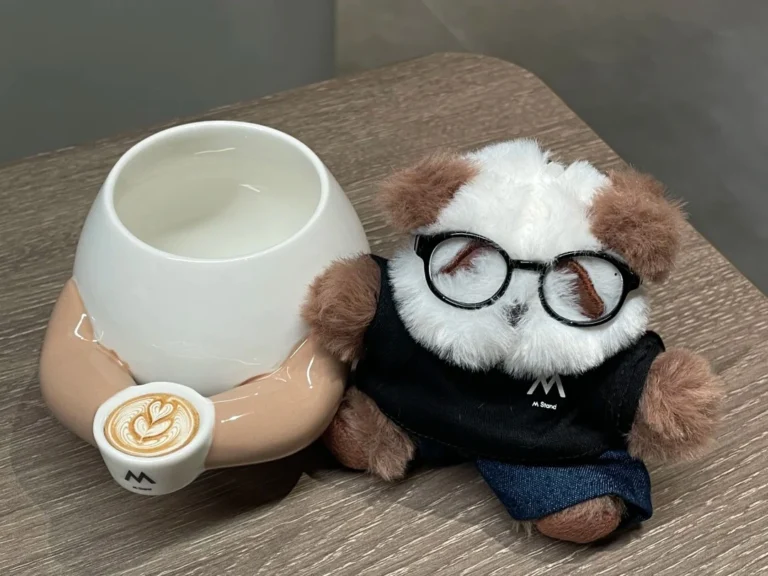Ever bought something online and got a tiny, unexpected freebie? Maybe a little pouch, a travel-size lotion, or a quirky sticker pack?
Admit it—you smiled, right?
That moment of “Oh, that’s cute!” can completely change how customers feel about a brand.
That’s the magic of gift with purchase (GWP) — one of the oldest yet most powerful marketing tactics ever. It’s not just about giving something away for free; it’s about giving customers a reason to remember, return, and recommend you.
In this post, we’ll dive deep into the world of gift with purchase ideas — from strategy to emotion, from low-cost hacks to luxury experiences. Whether you’re running an online boutique, a beauty brand, or a lifestyle store, you’ll learn how to pick, price, and position your gifts to turn one-time buyers into lifelong fans.
Why Gift With Purchase Still Works
We live in a world of pop-up ads, influencer campaigns, and endless “exclusive offers.” But you know what people still love?
Free stuff that feels personal.
When done right, a gift with purchase:
- Boosts perceived value (“I got more than I paid for!”)
- Strengthens emotional connection (“This brand gets me.”)
- Encourages repeat purchases (“I wonder what I’ll get next time?”)
- Elevates brand image (“Wow, even their freebies look premium!”)
It’s not just psychology—it’s good business.
Rule #1 — Match the Gift to the Need (a.k.a. Relevance Rules)
A brilliant GWP campaign starts with one simple truth:
Your gift has to make sense.
1. Make it relevant
If you’re selling skincare, throw in a beauty sponge, a travel-size cleanser, or a silk scrunchie—not a phone stand.
Selling gadgets? A charging cable or cleaning kit hits the spot.
The key? Keep the gift tied to your product’s ecosystem so it enhances the main purchase instead of distracting from it.
2. Expand customer needs
Think one step ahead.
If your customer buys a yoga mat, why not include a voucher for an online yoga class or a small essential oil sample?
That’s how you turn a simple transaction into a lifestyle moment.
Strategic collaborations can also work wonders.
For example, a gaming phone brand could partner with a game publisher to offer in-game credits as a gift.
It’s win-win: low cost, high relevance, and memorable for the buyer.
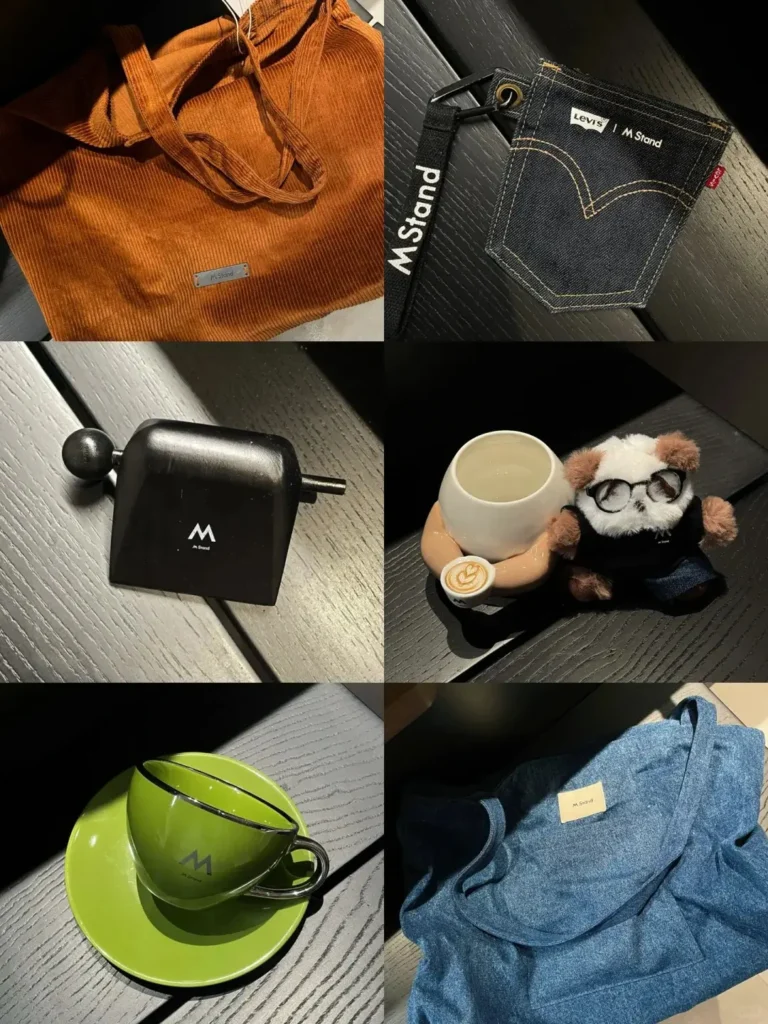

Rule #2 — Keep Costs Low but Value High
Let’s be honest: marketing budgets aren’t infinite.
The secret lies in high perceived value, low actual cost.
What’s a healthy gift cost ratio?
There’s no one-size-fits-all, but here’s a rule of thumb:
| The gift should cost around 5%–20% of your product’s retail price | adjust based on product type and brand.
This depends on:
- Profit margin: High-margin products can afford more generous gifts.
- Product lifecycle: New launches may justify a higher GWP spend for exposure.
- Brand positioning: Luxury brands must keep gifts premium to maintain image.
- Customer type: VIP customers might expect higher-end gifts.
The golden rule: analyze your ROI.
A $2 gift that increases conversions by 10% is worth more than a $10 gift that changes nothing.
Bonus tip — use time limits
Add a sense of urgency with limited-time offers:
“Buy within 48 hours and get a free travel case.”
Flash sales and gamified giveaways (“Spin to win your GWP”) can drive spontaneous purchases like magic.
Rule #3 — Reflect Your Brand Personality
A gift with purchase is not just a “thing.” It’s a message.
It tells your customers who you are and what you stand for.
1. Keep it on-brand
If your brand is all about sustainability, don’t send plastic trinkets.
If you’re artsy and emotional, pick something creative—a hand-drawn thank-you card, a mini print, or an enamel pin.
Every touchpoint is a reflection of your identity.
2. Go custom
Custom gifts feel exclusive.
Think tote bags with your logo, small pouches, notebooks, or holiday boxes that match your aesthetic.
Brands often use seasonal or brand-day GWPs (like limited-edition plush toys or branded mugs) to strengthen recognition.
3. Build emotional connection
This is where great brands win hearts.
Tie your gifts to moments that matter—holidays, anniversaries, birthdays, or VIP milestones.
Example:
Send a mini thank-you box to long-time customers who’ve hit a loyalty milestone. Or offer a limited-edition candle for Valentine’s Day purchases.
It’s not about cost—it’s about care.
4. Personalize when possible
Personalized GWPs make people feel seen.
Use simple data like gender, past purchases, or style preferences to match gifts.
Even small gestures—like different packaging for men and women—can make your gift feel bespoke.
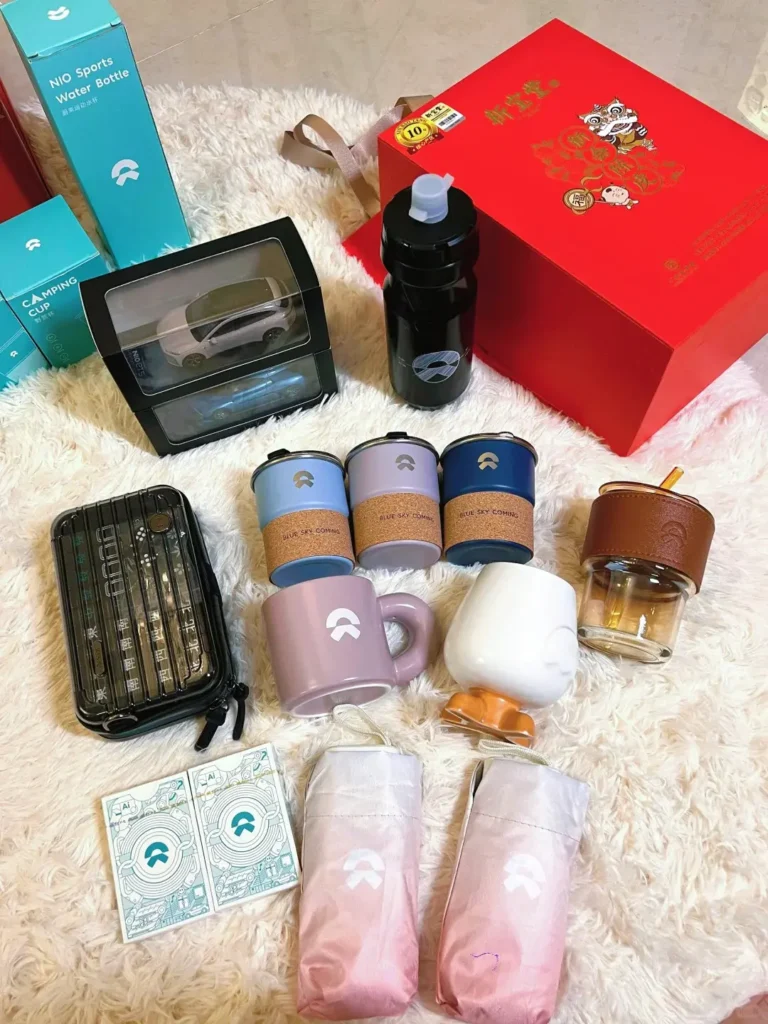
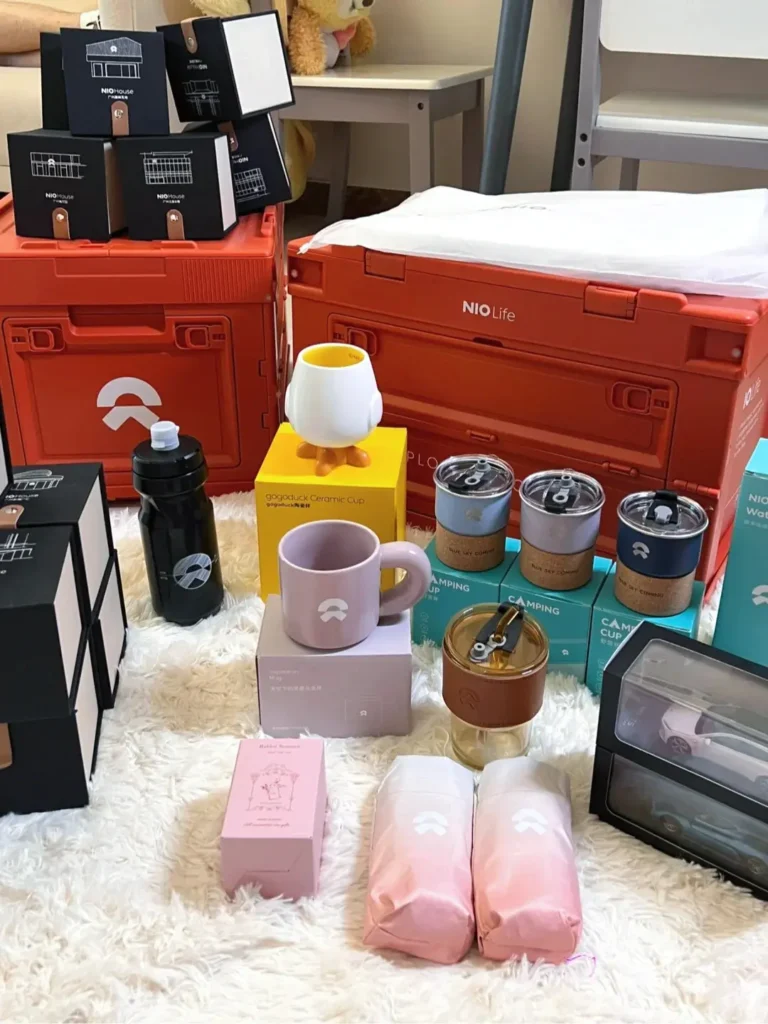
Rule #4 — Let Data Guide You
Even the sweetest ideas need smart validation.
1. Do your homework
Survey your audience or analyze purchase behavior.
What small gifts would actually excite them?
For example, skincare shoppers might love travel minis, while tech buyers might value a cable organizer more.
2. Test and iterate
Try different gifts in small batches.
Collect feedback, track conversions, and measure repeat purchase rates.
Data helps you separate “cute idea” from “real winner.”
3. Experiment with timing
Some gifts work best during holidays, others during low-sales periods.
Find your brand’s rhythm—your customers might respond better to quarterly surprises than to constant promotions.
How to Make a Gift Feel Valuable (Even If It’s Cheap)
Let’s get real: perception is everything.
You can make a $2 gift feel like a $20 one if you play it right.
Here’s how:
1. Show its value
Don’t hide your gift.
List its original price next to “Free with purchase!”
Example: “Get our $15 travel pouch FREE when you spend $60.”
Customers subconsciously calculate that they’re getting double the value.
2. Present it beautifully
A simple ribbon, branded tag, or mini thank-you note can transform a basic item into something luxurious.
The packaging says: we care.
3. Create the “surprise moment”
If you don’t announce the gift upfront, the customer’s unboxing experience becomes pure delight.
That “Oh wow!” moment sticks longer than any ad ever could.
The Four Types of Gift With Purchase (and When to Use Each)
Not all gifts are created equal.
Here are four tried-and-true formats that fit different goals:
1. Add-on Gifts (a.k.a. Pay a Little, Get a Lot)
These are gifts you almost give away—but not quite.
For example:
“Buy any outfit, add $1 to get a pair of premium cotton socks.”
This tiny payment removes psychological resistance (“It must be decent quality if it costs something”) while boosting conversion.
It’s also great for bundling related products.
2. Virtual Gifts
Perfect for digital brands or low-margin businesses.
Things like bonus points, discount codes, digital downloads, or free access to premium content cost you almost nothing but feel valuable to customers.
Example:
“Buy our planner, get exclusive access to our digital productivity course.”
3. Cultural or Story-Based Gifts
These are emotional powerhouses.
Think handwritten thank-you cards, inspirational quotes, or collectible cards inside the package.
They tap into storytelling and nostalgia, reminding customers there’s a human behind the brand.
4. Comparative Gifts
Want to show your quality without bragging?
Give a small sample of a “typical” alternative product (cheap vs. premium).
It highlights your value without saying a word.
Example:
A boutique coffee roaster might include a sachet of supermarket coffee labeled “What you used to drink ☕.”
Instant contrast, instant loyalty.
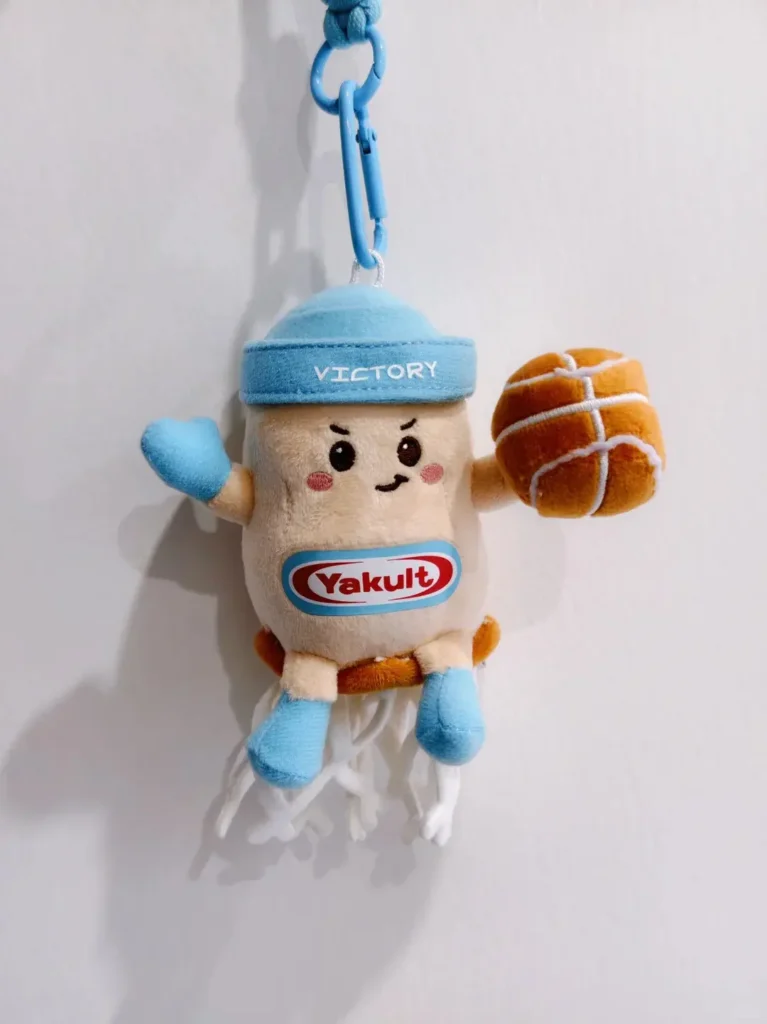

Beyond the Freebie — Turning Gifts Into Growth
Done right, your GWP program becomes more than a marketing trick. It becomes part of your brand story.
Here’s what to keep in mind:
- Track ROI: Know which gifts drive actual revenue.
- Mix it up: Alternate between emotional, practical, and exclusive gifts.
- Keep evolving: Customer preferences shift—so should your ideas.
- Celebrate customers: Gifts are not just “buying bait”; they’re gratitude made tangible.
And remember: the best gift with purchase ideas aren’t the most expensive—they’re the most thoughtful.
Final Thoughts: The Art (and Heart) of Giving
A great gift with purchase isn’t about freebies—it’s about feelings.
It’s a small gesture that says, “Hey, thanks for choosing us. We appreciate you.”
In the age of endless competition, genuine care is your most powerful marketing tool.
When customers feel that care through something as simple as a thoughtfully chosen gift, they don’t just buy—they belong.
So next time you brainstorm your campaign, don’t just ask,
“What can we give away?”
Ask,
“What story do we want to tell with this gift?”
Because that’s where the magic happens. ✨



